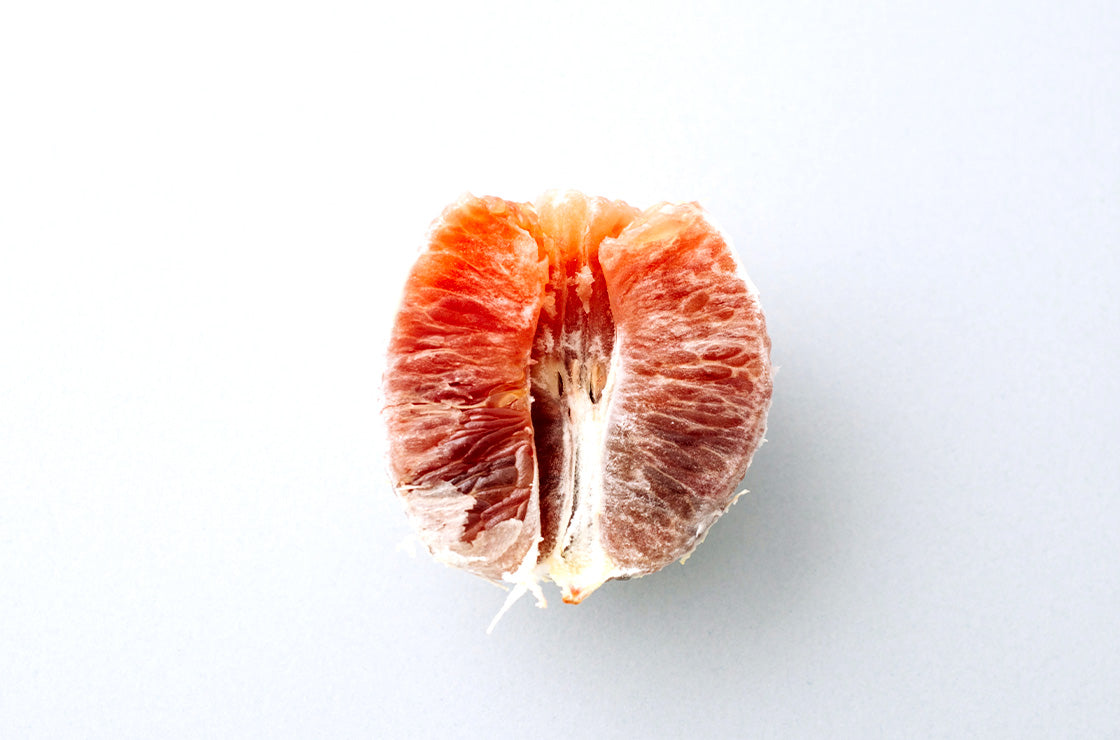
These days there are supplements for everything, including your vagina. But does your downstairs actually need one?
We already know how much our gut health can impact our skin, not to mention our sleep, bowel movements and the health of our hair. In fact, a lot of the lifestyle ailments we face every day can be improved by looking after our gut microbiome—something we’ve always been passionate about at The Beauty Chef.
As for the vagina? It has its own microbiome, also known as vaginal flora.
When vaginal flora is disrupted (often by the loss of healthy bacteria and an overgrowth of anaerobic bacteria), it can lead to various infectious diseases, including bacterial vaginosis (BV) and atrophic vaginitis (AV)—it’s even been linked to infertility.
If you’ve ever experienced symptoms such as out-of-the-ordinary odor, unusual discharge, discomfort and itching down below, it could signify an imbalanced vaginal flora.
Over the years there has been growing list of studies recognising the benefits probiotics can have on maintaining healthy vaginal flora. But buyer beware, not all supplements are made the same (aka with probiotics).
Curious to learn more about your vaginal flora? We thought you’d never ask...
What is vaginal flora?
Vaginal flora is the intricate ecosystem of microorganisms living inside the vagina. Similar to the gut microbiome, certain bacteria and microbes within this ecosystem can bolster your vaginal health, while others are associated with disease.
Lactobacillus is the most abundant microorganism in the vagina, which helps to inhibit the growth of pathogenic (disease-causing) microorganisms and maintain the low pH environment of the vagina. Therefore, when the vagina encounters a loss of Lactobacillus, the microbiome becomes disrupted.
While this disruption can lead to a number of diseases, it’s commonly linked to bacterial vaginosis (BV)—characteristics of which include increased vaginal discharge that has a fish-like odor.
What causes a vaginal flora imbalance?
The vagina flora undergoes constant fluctuations throughout our lives. Factors including age, lifestyle and medication can all influence the presence of Lactobacillus.
Some common catalysts include:
Vaginal douching – Studies have found that douching increases the risk of BV.
Sexual activity – Epidemiological data showed that women are more likely to report BV if they have had multiple sexual partners. Having a female sexual partner also increases the risk of BV by 60%.
Recent antibiotic use – Antibiotics can wipe out some of the good bacteria with the bad, including the kind needed to maintain a healthy vaginal flora.
Smoking – Cigarette smokers have been found to have lower levels of vaginal Lactobacillus as opposed to non-smokers.
Use of an intrauterine device – Women with IUDs, especially those with copper, have been shown to increase their risk and frequency of BV.
Menopause – A decrease in oestrogen, commonly occurring during menopause, causes a shift in vagina flora including a decrease in Lactobacillus. It’s estimated that 10% to 50% of all postmenopausal women develop atrophic vaginitis as a result, which characteristics can include dryness, burning and painful intercourse.
Soaps or washes with a higher pH – Body washes with an incompatible pH to the vaginal flora can contribute to an imbalance, particularly if used as an intimate wash.
How to tell if your vaginal flora is unbalanced
The most common signs of a disrupted vaginal flora include abnormal discharge, itching, burning, irritation, and unpleasant vaginal odor. Of course, it’s normal for the vagina to have an odor. Everybody does and while it can be hard to pinpoint the exact smell (because everybody's smells different) the key is to know what your ‘normal’ is, so that you’re able to notice if something is unusual.
It’s also important to remember that conditions such as BV and AV are not STIs, though as mentioned above, sexual activity can cause them to occur or alert you to their symptoms.
Healthy vaginal discharge is typically clear or whitish, with a consistency ranging from creamy to egg whites, or thin and slippery. If you experience unusual changes in terms of the color, thickness or smell of your discharge, seek advice from a health professional.
What’s the difference between bacterial vaginosis and thrush?
While BV is a bacterial imbalance, thrush occurs due to an overgrowth of fungus—both caused by a disruption to your vaginal flora.
The most common symptom of BV is thin, vaginal discharge with a fishy odor, often more prevalent after sex. Whereas the discharge associated with thrush is typically thicker and accompanied by itching and/or a burning sensation while urinating.
If you suspect you may be experiencing a vaginal flora imbalance, whether BV or thrush, seek advice from a health professional. Treatment for BV is often antibiotics, by way of oral capsules and/or topical creams.
So... does my vagina need a probiotic?
Yep, we’re finally answering the question. Studies have found that probiotics play an important role in maintaining the health of the female reproductive tract, alleviating gynaecological diseases, and enhancing the local immunity of the vagina.
Furthermore, the use of probiotics has also been shown to prevent the progression of HPV and treat BV. The good news? If you’re currently using a probiotic formula to support your gut health (and glowing skin), there’s a high chance it’s also helping to maintain the wellbeing and balance of your vaginal flora.





